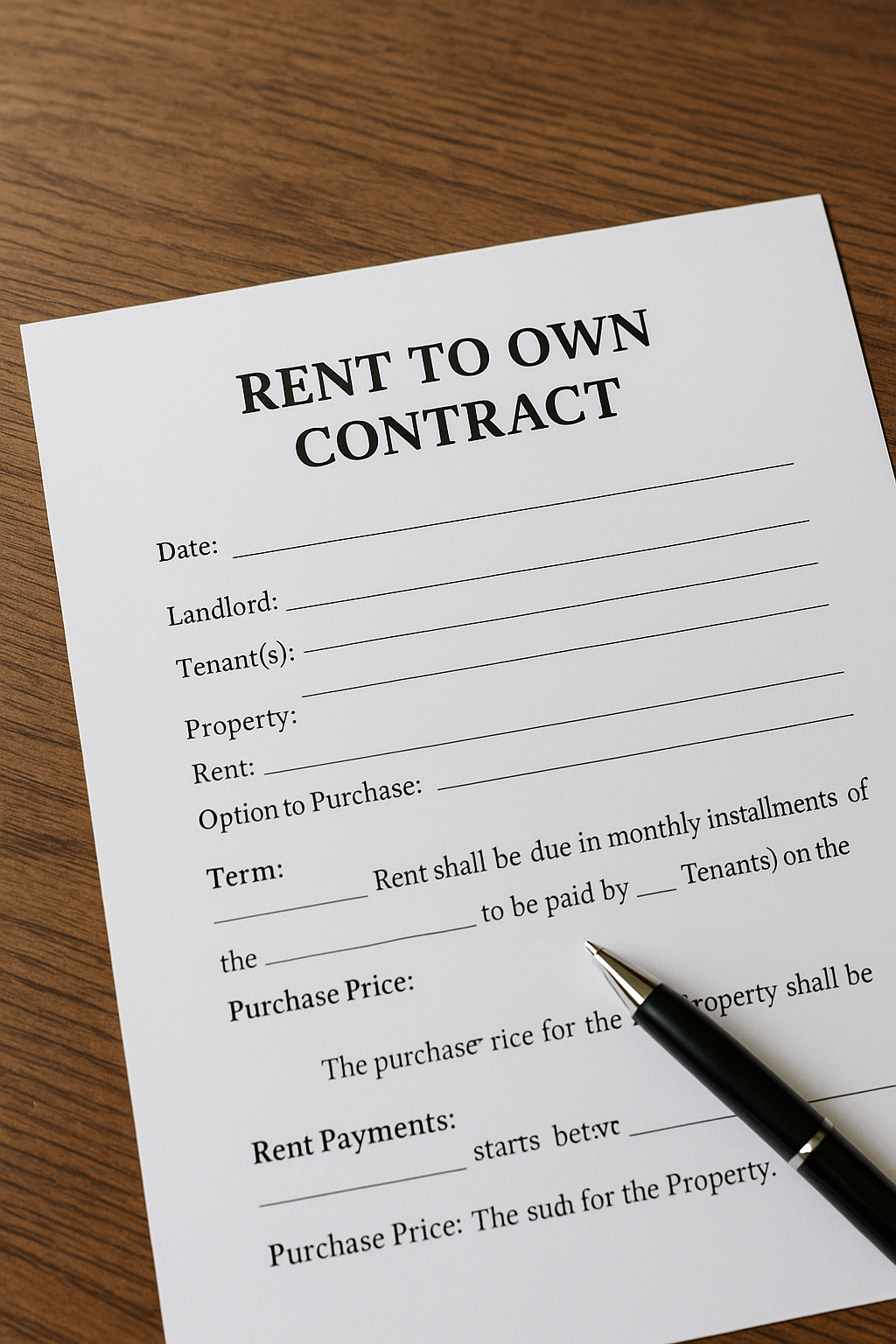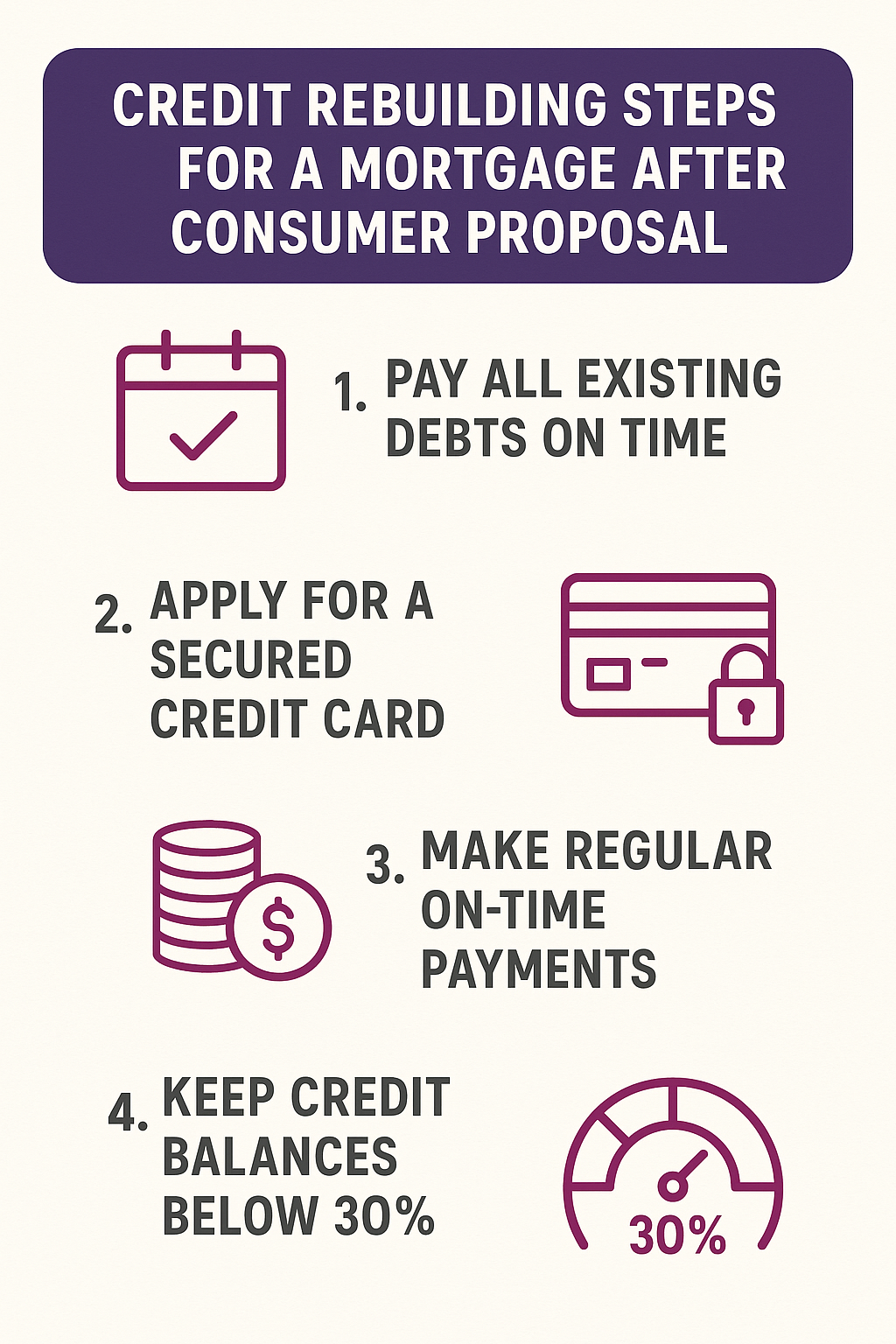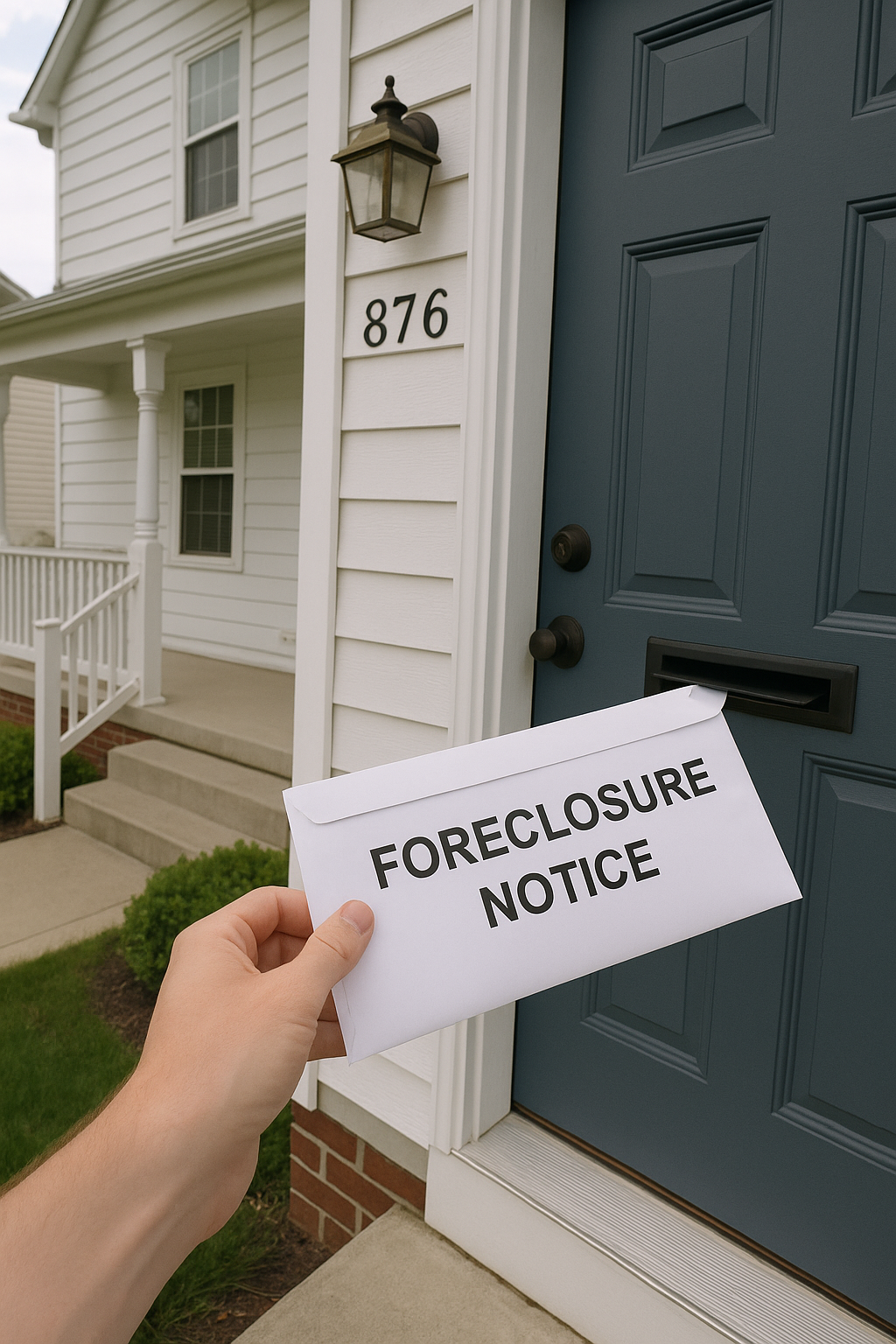Table of Contents
Toggle7 Powerful Steps to Rent-to-Own Success: How to Qualify for a Mortgage and Exercise Your Option to Purchase
Meta description (SEO): Learn how rent-to-own works in Canada, what to watch out for, and the exact steps to qualify for a mortgage when it’s time to exercise your option to purchase—plus a practical checklist and FAQs.
What Is Rent-to-Own?
Rent-to-own (RTO) is a path to homeownership that lets you rent today and buy later at a pre-set price. You sign two linked agreements:
-
A lease (you pay monthly rent).
-
An option to purchase (you pay an upfront option fee for the right—not the obligation—to buy the home at a defined price by a set date).
Many RTO programs also include monthly rent credits—a portion of your rent that’s credited toward your eventual down payment or purchase price. The intent is to give you time to build credit, document income, and save while living in the home you plan to own.
Core pieces of a rent-to-own agreement
-
Option fee: Upfront payment (commonly 2–5% of price). Usually non-refundable if you don’t buy, but often credited if you do.
-
Purchase price: Agreed today, exercised later (e.g., 2–4 years). Some contracts include annual price escalators—read this carefully.
-
Term: The timeline you have to complete your mortgage approval and close.
-
Rent credits: If included, make sure they’re clearly documented each month.
-
Responsibilities: Who covers maintenance, repairs, taxes, and insurance? In many RTOs, the tenant-buyer takes on owner-like duties—know what you’re signing.
Who Is Rent-to-Own For?
RTO can be a smart bridge for:
-
Newcomers to Canada or those rebuilding credit.
-
Self-employed buyers who need time to compile verifiable income.
-
People with short credit history, recent life events (divorce, new job), or temporary debt that will be paid down.
It’s not ideal if your income is unstable, if you’re unlikely to qualify for a mortgage by the deadline, or if you don’t want the responsibilities that often come with RTO maintenance clauses.
How Rent-to-Own Works (At a Glance)
-
Find the property & sign both the lease and the option agreement.
-
Pay the option fee and begin your lease.
-
Follow a credit & savings plan during the term (see steps below).
-
Apply for a mortgage 4–6 months before your option date.
-
Exercise the option and close with your lender.
7 Powerful Steps to Qualify for a Mortgage at the End of Your Rent-to-Own
1) Reverse-Engineer Your Target Numbers
Start with the future purchase price, target closing date, and required down payment. From there, set monthly savings and debt-reduction goals. Ask your broker for a preliminary pre-qualification early on, so you know the ballpark for:
-
Down payment needed (option fee + rent credits + additional savings).
-
Debt service ratios your lender will accept.
-
A qualifying rate under Canada’s mortgage stress test (you must prove you can afford payments at a higher qualifying rate—often the benchmark rate or your contract rate + 2%, whichever is higher).
Pro tip: Create a written, month-by-month roadmap so you’re never guessing where you should be.
2) Build Verifiable, Stable Income
Lenders must see income they can document:
-
Salaried: employment letter + recent pay stubs + T4s.
-
Hourly/variable: average hours over time; avoid frequent job changes.
-
Self-employed: 2 years of tax filings (T1/NOA) is common; some alternative lenders allow bank statement programs or add-backs.
Limit cash-only income and keep consistent deposits flowing into one primary account. If you anticipate a job change, aim to do it well before the mortgage application and stay within the same field.
3) Elevate Your Credit—Deliberately
A stronger score expands your lender options and lowers cost:
-
Utilization: Keep each revolving card under ~30% of its limit (lower is better).
-
On-time payments: Set auto-pay for at least the minimum to avoid late marks.
-
Mix & age: If you’re thin-file, consider a secured card and let it season.
-
Clean-up: Pull your credit reports, dispute errors, and clear small collections.
-
New debt: Avoid opening new trade lines (especially car loans) close to application.
Typical ranges: A-lenders often want higher scores; B/alternative lenders can consider mid-range; private lenders focus more on equity and property than on credit. Your broker will align the target with your situation.
4) Manage Your Debt Ratios
Your gross and total debt service ratios (GDS/TDS) matter. To improve them:
-
Pay down high-interest revolving balances first.
-
Consolidate where sensible to lower monthly outflow (but avoid big new loans right before applying).
-
Defer major purchases (vehicles, furniture) until after you close.
5) Document the Down Payment—Perfectly
Underwriters must source and trace down payment funds:
-
Keep 90 days of bank statements showing the build-up of savings.
-
Retain receipts for the option fee and monthly rent credits.
-
Ensure the lease and option agreement clearly spells out credits and timing.
-
If using a gift, secure a lender-approved gift letter and proof of the transfer.
Important: Not all lenders treat rent credits the same way. The more transparent your paper trail, the more likely credits will count toward your down payment.
6) Choose the Right Lender Channel (A, B, or Private)
-
A-lenders (banks, credit unions): Best rates; stricter on credit/income.
-
B/Alternative lenders: More flexible on score/income; slightly higher rates/fees.
-
Private lenders: Short-term bridge solutions when you’re close but not quite there—often used to exercise the option, then refinance a year later with A or B once your profile improves.
Your broker’s job is to place you where approval is realistic and your exit plan is clear.
7) Start the Mortgage Process Early—Then Re-Check
At 120–180 days before your option date, refresh your documents and start the full pre-approval. This gives time to:
-
Fix documentation gaps.
-
Order a pre-emptive appraisal if appropriate.
-
Hold/lock a competitive rate (where offered).
-
Renegotiate the plan if the property value diverges from the future price in your contract.
A Practical Example (Illustrative Only)
-
Future purchase price: $600,000
-
Option fee at signing (3%): $18,000
-
Monthly rent credit: $400
-
Term: 36 months
-
Total rent credits: $400 × 36 = $14,400
-
Total credits at exercise: $18,000 + $14,400 = $32,400
Depending on lender policy and proper documentation, that $32,400 can often be applied toward your down payment. If the minimum down payment required at that price point is higher, plan to save the difference (plus closing costs) during the term.
Why the math matters: Small tweaks—like adding $150 extra savings per month—can be the difference between a smooth approval and a last-minute scramble.
Common Pitfalls (and How to Avoid Them)
-
Vague paperwork: If your rent credits or responsibilities aren’t crystal clear in the agreement, press pause and fix it.
-
Deferred maintenance: If the contract puts repairs/taxes on you, build a home maintenance budget.
-
Payment slippage: Late rent can void credits. Automate your rent with reminders and buffers.
-
Appraisal gap: If the market value at closing is below the agreed price, you may need a larger down payment or an extension plan. Stay in touch with your broker 6+ months out.
-
Last-minute debt: That new SUV can tank your ratios. Delay big purchases until after closing.
Documents Checklist (Keep These Ready)
-
Photo ID (government-issued)
-
Signed lease and option to purchase agreements
-
Proof of option fee and monthly rent credits (receipts/ledger)
-
90 days of bank statements for down payment sourcing
-
Employment letter + recent pay stubs (salaried)
-
T4s, T1 Generals, and NOAs (employees & self-employed)
-
Business financials or bank statements (self-employed)
-
Gift letter (if applicable)
-
Explanation letter for any past credit hiccups
FAQs: Rent-to-Own & Mortgage Approval
1) Is the option fee refundable?
Generally, no—it’s usually non-refundable, but it’s commonly credited toward your down payment if you purchase as agreed. Check your contract.
2) Do all lenders count rent credits as a down payment?
Not automatically. Credits must be explicit in the contract, proven by receipts, and accepted by the specific lender’s policy. Good documentation is everything.
3) What credit score do I need to qualify?
It depends on lender type and the rest of your file. As a rough guide: higher scores help with A-lenders; mid-range may fit B/alternative; lower scores can sometimes work with private lenders if equity and income support the file.
4) What if my income is variable or I’m self-employed?
You can still qualify. Be prepared with two years of taxes (or alternative documentation programs via certain lenders). Consistency matters more than size alone.
5) What happens if I’m not ready by the option date?
Options include seeking an extension, using a private bridge, or selling/assigning per contract terms. Extensions and private solutions cost more—plan early to avoid them.
6) Who pays for repairs, taxes, and insurance during the term?
It varies by contract. Many RTOs shift owner-like obligations to the tenant-buyer. Make sure this is spelled out so there are no surprises.
7) Will I need an appraisal?
Yes, lenders order an appraisal at mortgage approval. If the value comes in low, you may need a higher down payment or renegotiate terms.
8) Can I exit the agreement early?
Sometimes, but you may forfeit all or part of the option fee/credits. The contract rules. Get legal advice before signing—or exiting.
9) Are rent-to-own agreements legal in Ontario/Canada?
Yes—when properly drafted. Work with a real-estate lawyer to review the lease and option so your rights are protected.
10) How soon should I talk to a mortgage broker?
Immediately after signing—and again 4–6 months before your option date. The earlier you course-correct, the smoother the closing will be.
Final Take
Rent-to-own can be a powerful, structured path to homeownership—if you treat it like a project with milestones. Nail your paperwork, protect your credits, build verifiable income, and start the mortgage approval process well before the deadline. With a solid plan—and a broker who understands rent-to-own files—you can confidently exercise your option and get the keys.
- Mortgage Co-Signer vs Guarantor in Canada: Expert Playbook to a Smarter Approval in 2025 - September 24, 2025
- 7 Powerful Steps to Rent-to-Own Success: How to Qualify for a Mortgage and Exercise Your Option to Purchase - September 22, 2025
- Refinance Your Home Should be 1st Choice to Consolidate Debt: A Smarter Path Than Consumer Proposals or Bankruptcy - September 20, 2025






